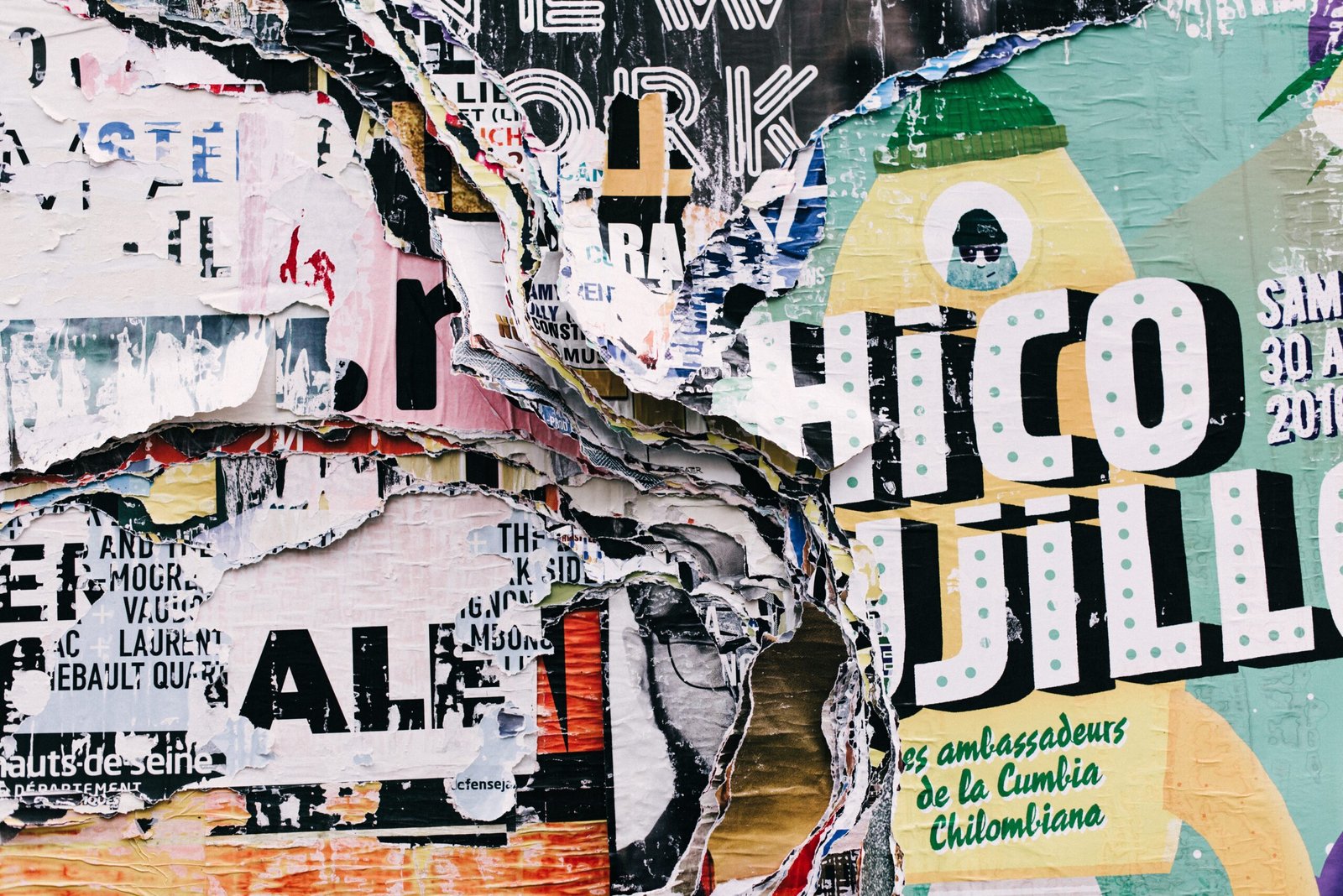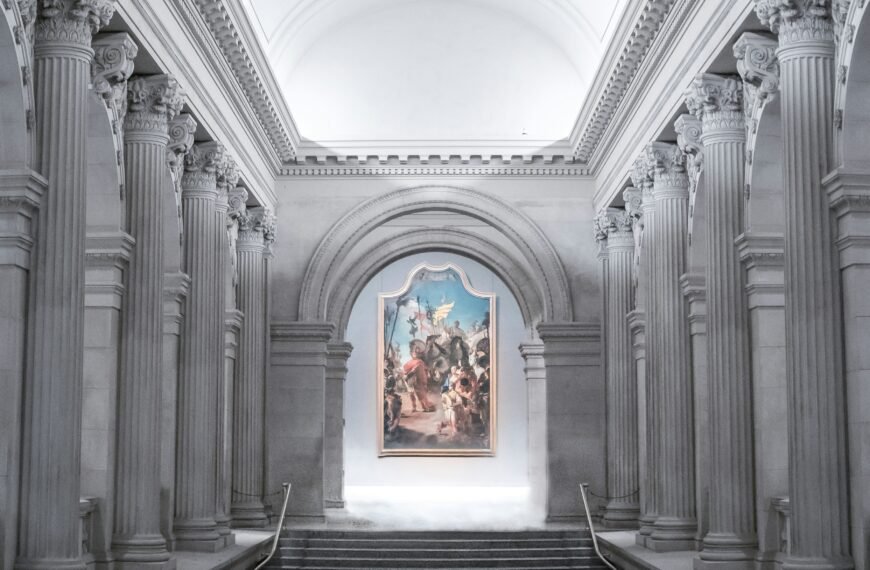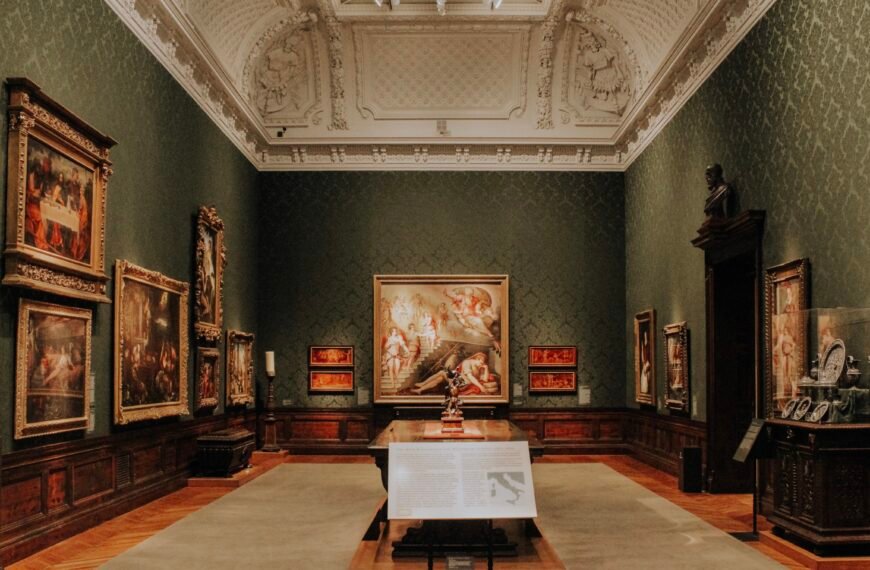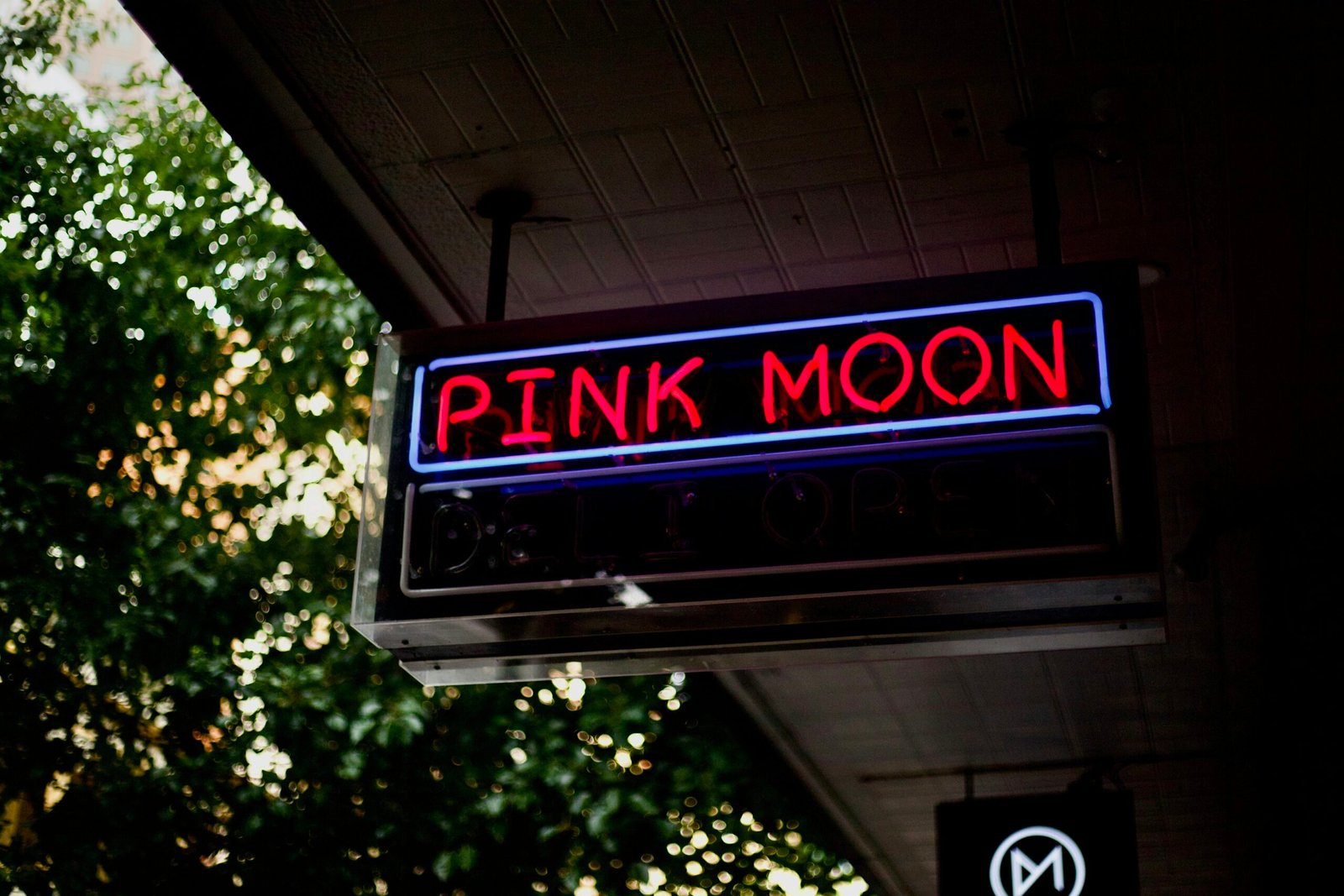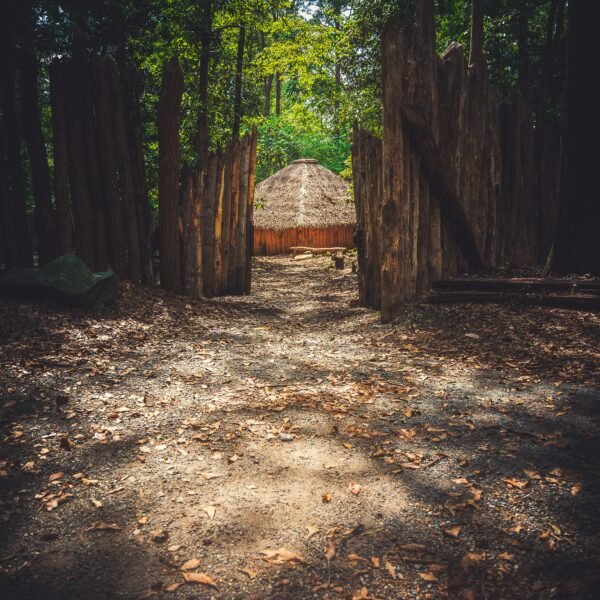Imagine strolling through the grand halls of the Louvre, surrounded by iconic masterpieces and immersed in the rich history of art. But have you ever wondered what this magnificent landmark was before it became the world-renowned museum we know today? In this article, we will take a captivating journey back in time to discover the fascinating origins of the Louvre and the remarkable transformation that led it to become a cultural landmark of global significance. Buckle up and prepare to uncover the secrets of the Louvre’s past!
The Origins of the Louvre
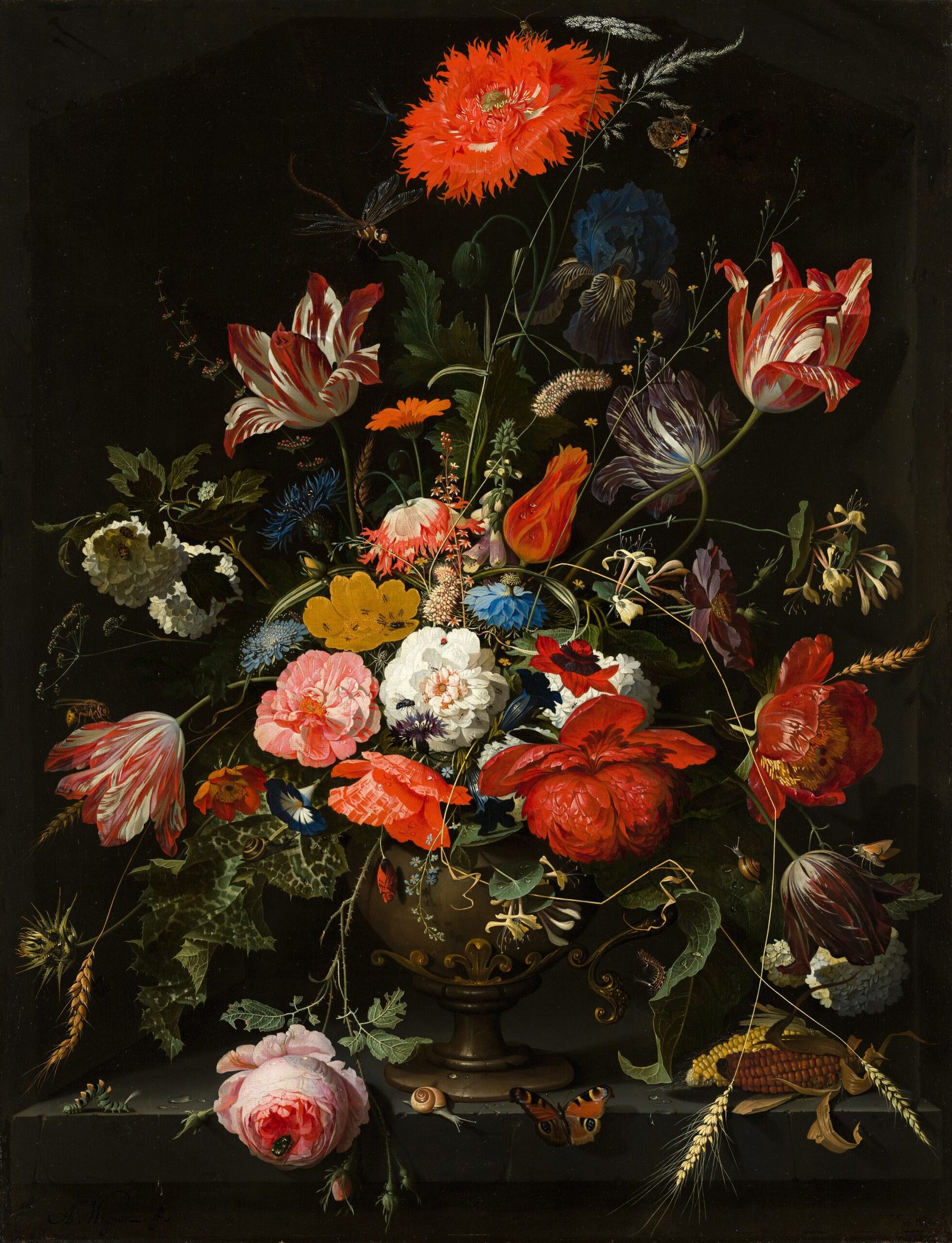
Palais du Louvre in the Middle Ages
The Louvre, one of the most famous museums in the world, has a rich and storied history that dates back centuries. Before it became the iconic museum we know today, the Louvre was originally a medieval fortress, known as the Palais du Louvre. Built in the 12th century, it served as a stronghold during a time of great turmoil and conflict in France. Over the years, the Palais du Louvre underwent several transformations, evolving from a fortress into a royal palace, before eventually becoming a celebrated art museum.
Evolution of the Louvre
Reconstruction in Renaissance Period
During the Renaissance period, the Louvre underwent a significant reconstruction under the reign of King Francis I. The once-fortress was expanded and rebuilt in a more elegant and opulent style, taking on characteristics of Renaissance architecture. It was during this time that the Louvre started to transition from a stronghold into a royal residence, showcasing the wealth and power of the French monarchy.
Transformation into a Royal Residence
Under the direction of subsequent kings, the Louvre continued to evolve into a grandiose royal residence. Multiple wings were added, as well as ornate gardens and courtyards. The Louvre became a symbol of prestige and luxury, housing not only the royal family, but also their courtiers and government officials. With its magnificent halls and lavish interiors, the Louvre embodied the splendor of the French monarchy.
The Louvre as a Palace
Intended Functions and Architecture
The Louvre was designed with several intended functions in mind. It served as a residence for the monarch and their court, a place for grand receptions and festivities, a center of governance, and a display of royal power and wealth. The architecture of the Louvre reflected these functions, with its grand facades, imposing towers, and expansive courtyards. Every aspect of the design was carefully planned to impress and impose upon visitors.

Royal Apartments and the Great Hall
Within the Louvre, the royal apartments were designed to provide luxurious living quarters for the monarch and their family. Lavish bedrooms, opulent sitting rooms, and extravagant salons showcased the wealth and taste of the royal occupants. Additionally, the Louvre boasted a magnificent Great Hall, a vast space where the royal court would gather for banquets, balls, and other grand events. The Great Hall became a symbol of the Louvre’s grandeur and served as a stage for showcasing the power and authority of the monarchy.
Louis XIV and the Louvre
Expansion and Renovation
During the reign of Louis XIV, also known as the Sun King, the Louvre underwent further expansion and renovation. Louis XIV had a great fondness for the arts and wanted the Louvre to be a prestigious center for artistic and cultural endeavors. He commissioned renowned architects and artists to enhance the palace, adding new wings and galleries. These renovations not only expanded the Louvre’s capacity but also set the stage for its transformation into an art academy and museum in the following centuries.
The Louvre as an Art Academy
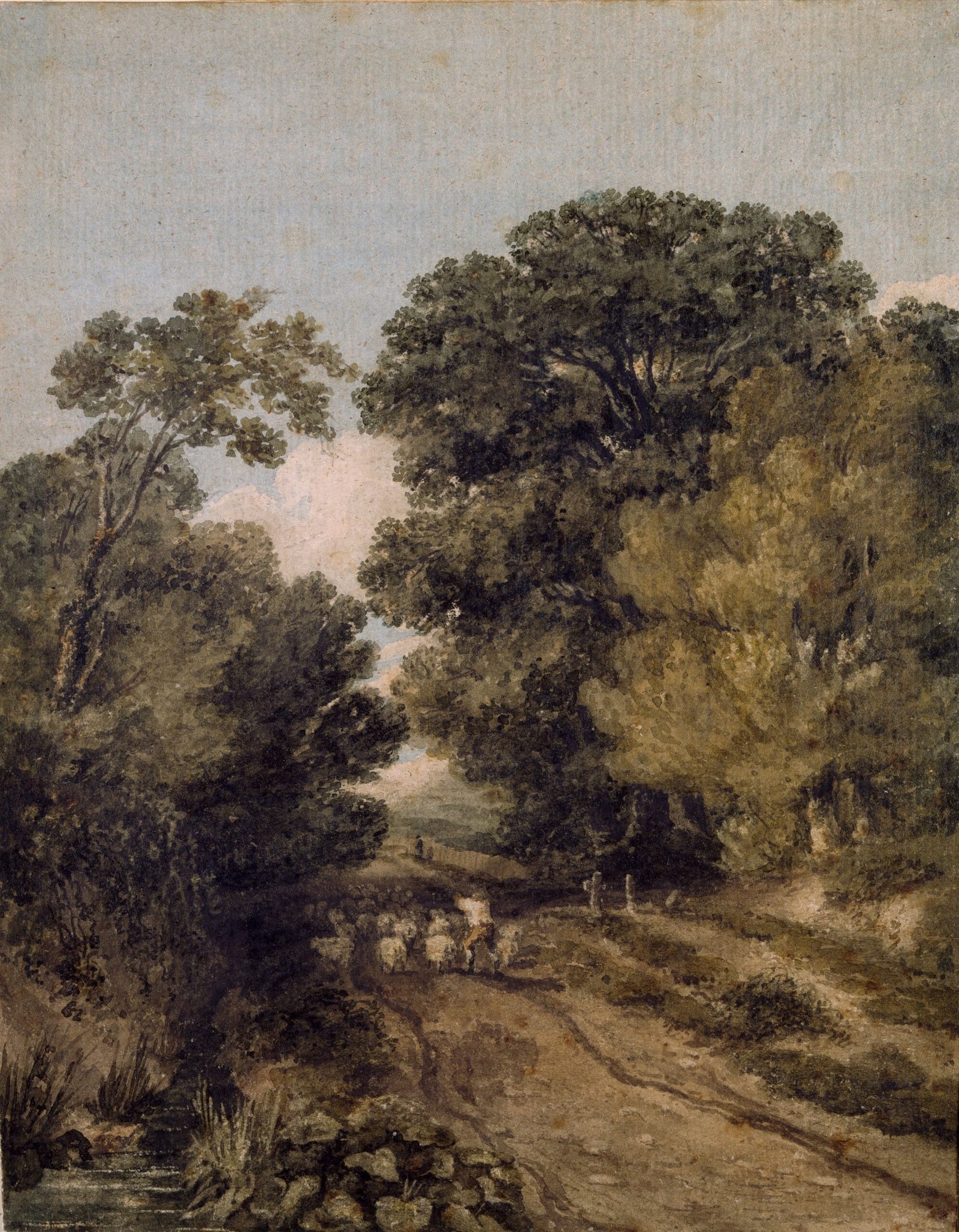
Establishment of the Académie royale de peinture et de sculpture
In 1663, Louis XIV founded the Académie royale de peinture et de sculpture, an art academy housed within the Louvre. The academy aimed to nurture and educate young artists, providing them with the necessary training and resources to excel in their craft. The Louvre became a hub of artistic activity, attracting aspiring artists from all over France.
Art Collections and Academic Activities
To support the academy and educate its students, the Louvre began to accumulate an impressive collection of artworks. Artists and patrons donated paintings, sculptures, and other valuable artistic treasures. These works of art not only served as teaching tools for the academy but also laid the foundation for what would eventually become the world-renowned art collection of the Louvre Museum.
The French Revolution and the Louvre
Transition from Palace to Museum
The French Revolution in the late 18th century marked a turning point in the history of the Louvre. As the revolutionaries overthrew the monarchy, the Louvre ceased to be a royal residence. The French government decided to repurpose the palace and transform it into a museum that would be accessible to the public. This marked a revolutionary shift in the concept of the Louvre, from a symbol of monarchy and privilege to a symbol of the people and their cultural heritage.
Napoleon Bonaparte and the Musée Napoléon
Formation of the Musée Napoléon
Napoleon Bonaparte played a pivotal role in the development of the Louvre as a museum. In 1803, he established the Musée Napoléon, which aimed to exhibit the artistic treasures he had acquired during his military campaigns across Europe. The Musée Napoléon became the precursor to the modern-day Louvre Museum, laying the groundwork for its vast collection and its mission to preserve and display works of art.
Rapid Expansion of the Collection
Under Napoleon’s rule, the Louvre’s art collection grew rapidly, as works of art were seized and brought to France from conquered territories. Napoleon had a vision of creating a comprehensive museum that showcased the cultural achievements of humanity. With the acquisition of countless masterpieces, the Louvre’s reputation as a world-class museum began to emerge.
The Louvre as a Museum
Opening to the Public
In 1793, following the French Revolution, the Louvre officially opened its doors to the public as a museum. The initial collection consisted mainly of artworks confiscated during the revolution. These works, once owned by the aristocracy, were now accessible to people from all walks of life. The Louvre’s transformation into a museum marked a significant shift in the access and appreciation of art, making it an inclusive and democratizing force.
Architectural Transformations
As the Louvre evolved into a museum, architectural transformations were necessary to accommodate its growing collection and increasing number of visitors. The palace was extensively renovated, with new wings and galleries added to provide ample exhibition space. The iconic glass pyramid entrance, designed by architect I.M. Pei, was constructed in 1984, further enhancing the Louvre’s architectural grandeur and acting as a modern symbol of its status as a world-class museum.
Significance of the Louvre
Symbol of French Identity
The Louvre holds immense cultural and historical significance as a symbol of French identity. It represents the country’s rich artistic heritage and its contribution to the world of art. Throughout its long history, the Louvre has been entwined with the narratives of French monarchs, revolutionaries, and intellectuals. It serves as a testament to France’s enduring commitment to the arts and its pivotal role in the cultural landscape of the world.
World’s Largest Art Museum
Today, the Louvre stands as the world’s largest art museum, home to over 38,000 artworks spanning thousands of years of human history. Its collection is diverse and vast, encompassing iconic masterpieces such as the Mona Lisa, the Venus de Milo, and the Winged Victory of Samothrace. The Louvre’s reputation as a premier institution for art and culture is unparalleled, attracting millions of visitors from around the globe each year.
The Future of the Louvre
Contemporary Expansions and Renovations
To meet the demands of the modern world, the Louvre continues to undergo contemporary expansions and renovations. Current projects aim to enhance visitor experiences, improve accessibility, and preserve the historical integrity of the museum. The Louvre Abu Dhabi, a satellite museum in the United Arab Emirates, represents the museum’s expanding international presence. These initiatives ensure that the Louvre remains a vibrant cultural institution in the 21st century and beyond, embracing its past while looking towards the future.
In conclusion, the Louvre’s journey from a medieval fortress to a world-renowned museum is a testament to its enduring legacy and cultural significance. Its rich history, royal connections, and transformative role during periods of political and social change are what make it a truly exceptional institution. As the Louvre continues to evolve and adapt to the changing world, it remains an indispensable pillar of the art world and a symbol of France’s commitment to preserving and honoring our collective artistic heritage.

